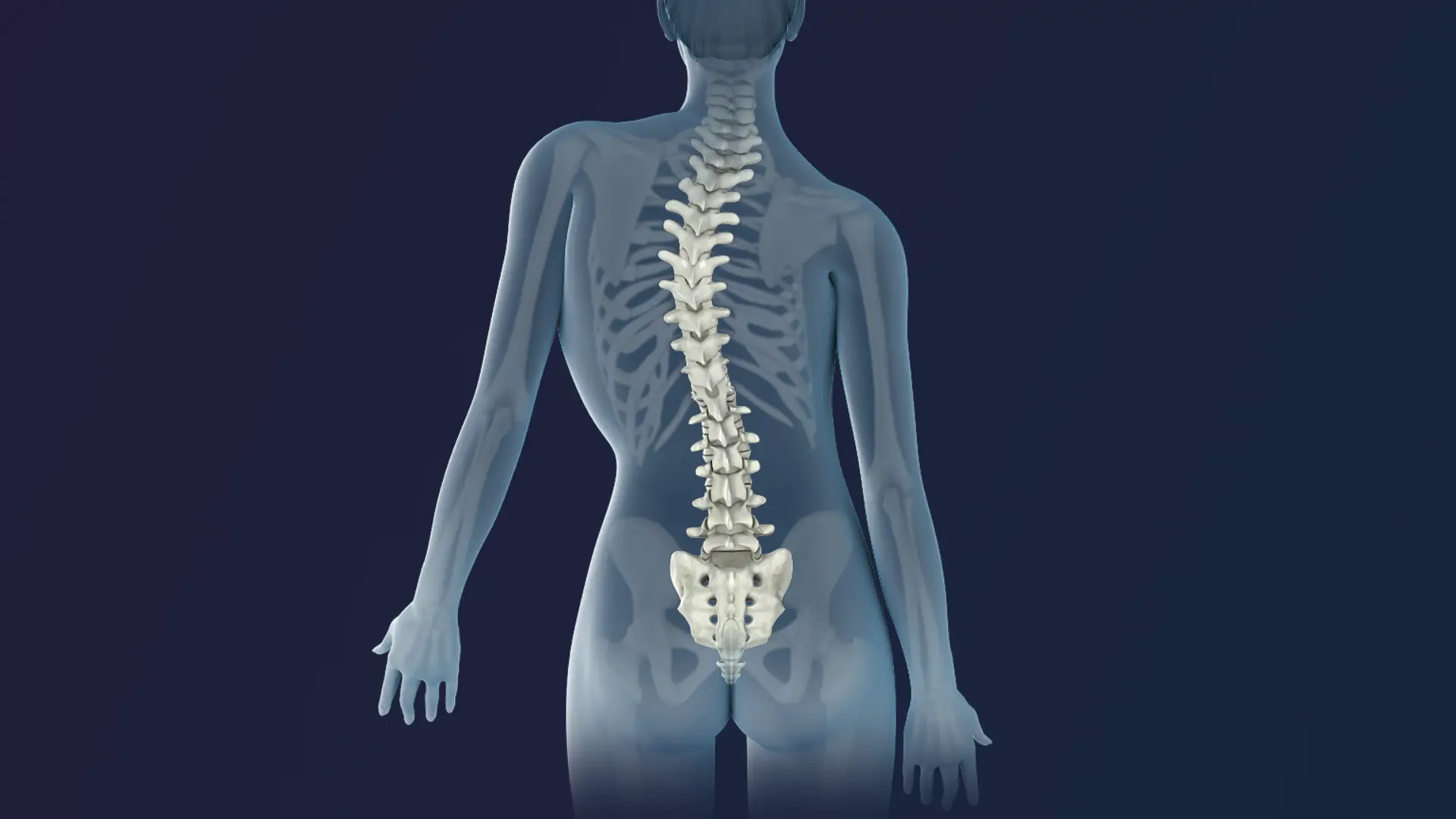Chiropractic is a non-invasive treatment that can be used to treat many conditions, including frozen shoulder. Frozen shoulder is a condition caused by inflammation and scarring of the shoulder joint, resulting in stiffness and reduced range of motion.
Chiropractors use various techniques, such as joint manipulation and mobilization, muscle stretching, and exercise therapy to reduce pain and improve range of motion in the shoulder joint.
Research shows that chiropractic care can be effective for treating frozen shoulder. Studies have demonstrated that regular chiropractic treatments can improve pain levels, flexibility, and function in those with frozen shoulder. Additionally, some studies have suggested that combining chiropractic care with physical therapy may offer even better results than either treatment alone.
What Is a Frozen Shoulder?
A Frozen Shoulder is a condition that affects the shoulder joint, causing pain and stiffness. It typically occurs in three stages: freezing stage, thawing stage, and the frozen stage. The freezing stage is when pain and stiffness start to be felt in the shoulder joint, often resulting from an arm injury or due to inflammation of the joint.
During this period, range of motion becomes limited as stiffness increases. In the thawing stage, pain begins to decrease as stiffness gets better. Finally, during the frozen stage range of motion becomes more restricted as pain and stiffness begin to dissipate.
This entire process usually takes between one and three years to complete depending on severity. Frozen shoulder can cause significant pain and stiffness in the shoulder joint and can make everyday activities like brushing your teeth difficult if not managed properly through physical therapy or other treatments.

What Are the Causes of Frozen Shoulder?
Frozen shoulder, also known as adhesive capsulitis, is a common condition that causes pain and stiffness in the shoulder joint. The condition occurs when the capsule surrounding the shoulder joint becomes inflamed and tightens. This can lead to restricted movement of the shoulder joint.
Causes of frozen shoulder include wear and tear of the joint itself, damage to muscle tissues and connective tissue, or trauma caused by an injury or surgery. Tendons and ligaments that connect muscle tissue to bones can also become damaged, leading to frozen shoulder.
In addition, some medical conditions such as diabetes can cause frozen shoulder due to reduced range of motion in the joints in the body. Treatment for frozen shoulder typically requires physical therapy to help improve range of motion and reduce pain, but medication may be prescribed if necessary.
Frozen shoulder is one of many conditions that can affect a person’s mobility; however, with proper treatment it is possible to regain full use of your shoulder joint.
What Are The Symptoms Of Frozen Shoulder?
Frozen shoulder, also known as adhesive capsulitis, is a condition in which the shoulder joint loses its range of motion. Symptoms include stiffness and pain in the shoulder joint as well as a decrease in joint range of motion.
The freezing stage of frozen shoulder is characterized by a gradual onset of shoulder stiffness and decreased range of motion which can last for several months. During this stage, pain may begin to occur when trying to move the shoulder.
Once the freezing stage has passed, the thawing stage begins which brings with it an increase in range of motion; however, this can take several more months before full movement is restored. In severe cases of frozen shoulder, surgery may be required to restore full movement to the joint.
How Does A Frozen Shoulder Occur?
Frozen shoulder, also known as adhesive capsulitis, is a condition in which the shoulder joint becomes stiff and painful. It occurs when the connective tissue of the shoulder capsule thickens and tightens around the shoulder joint, forming adhesions. This is different than uneven shoulder and can a chiropractor fix uneven shoulders.
This reduces the range of motion of the joint and makes it difficult for people to move their arms normally. The exact cause of frozen shoulder is unknown but it is believed to be related to overuse or injury that causes inflammation in the area.
Treatment includes physical therapy, medications, and sometimes surgery to loosen the capsule and restore movement. In some cases, simply resting the shoulder until the inflammation resolves can help improve symptoms.
What Is Chiropractic Care for a Frozen Shoulder?
Chiropractic care is one of the most common treatment options for frozen shoulder, a condition characterized by pain and stiffness in the shoulder joint. A chiropractor can assess the cause of the frozen shoulder and provide customized treatment options to help reduce pain and restore mobility.
Depending on the severity of the condition, chiropractic adjustments may be used to reduce tension in the tendon and muscles surrounding the shoulder joint. Other treatments such as soft tissue mobilization and exercise may also be provided to treat frozen shoulder.
With regular visits to your chiropractor, it is possible to regain full range of motion of your shoulder joint. Frozen shoulder can be difficult to manage since it affects each person differently; however, a chiropractor can help you find relief from your symptoms and help you get back on track.
Common Symptoms of Frozen Shoulder
Frozen shoulder, also known as adhesive capsulitis, is a condition that affects the shoulder joint. It causes pain and stiffness in the affected area, making it difficult to move the joint.
Common symptoms of frozen shoulder include pain in the shoulder joint, stiffness when moving the arm, and limited range of motion. The pain may worsen at night and can be accompanied by aching or burning sensations.
Over time, these symptoms may become worse unless properly treated. As frozen shoulder progresses, it can become increasingly difficult to move the joint, resulting in decreased mobility. It is important to seek medical help if you experience any of these symptoms as they can lead to further complications if left untreated.
The Stages of A Frozen Shoulder
A frozen shoulder, also known as adhesive capsulitis, is a condition where the shoulder joint becomes stiff, painful and has limited range of motion. This condition usually happens in three stages: the freezing stage, the frozen stage and the thawing stage.
The freezing stage lasts up to 6 months and is characterized by pain while moving your arm or shoulder. During this time, you may experience stiffness and decreased range of motion.
The frozen stage can last up to another 6 months, but with no reduction in pain. Lastly, in the thawing stage you will start to regain range of motion in your shoulder and pain should subside significantly. Physiotherapy treatments such as stretching exercises and massage can help reduce inflammation and promote healing during this time.
Frozen Shoulder Treatment
Frozen shoulder, also known as adhesive capsulitis, is a condition that causes shoulder pain and stiffness. Those who suffer from frozen shoulder experience a decreased range of motion in the joint due to pain and stiffness.
Treatment options for frozen shoulder include physical therapy, chiropractic care, and other forms of manual therapy. Chiropractors can perform specific adjustments to the joint to reduce stiffness and improve mobility. Chiropractic care may also include soft tissue manipulation and stretching exercises to help with range of motion.
Additionally, some patients may benefit from heat or cold therapy, ultrasound or electrical stimulation to reduce pain and improve movement. With proper treatment and rehabilitation, those suffering from frozen shoulder can improve their range of motion and reduce their pain levels significantly.




